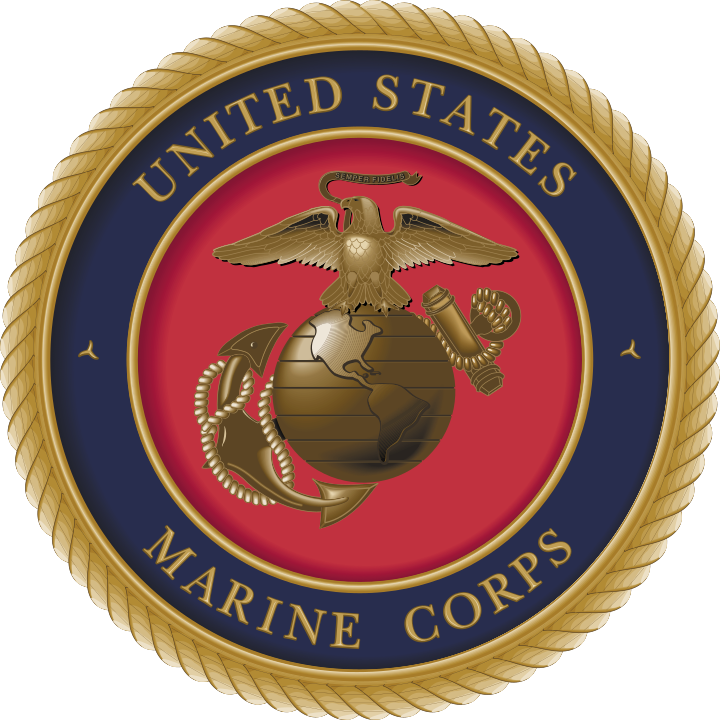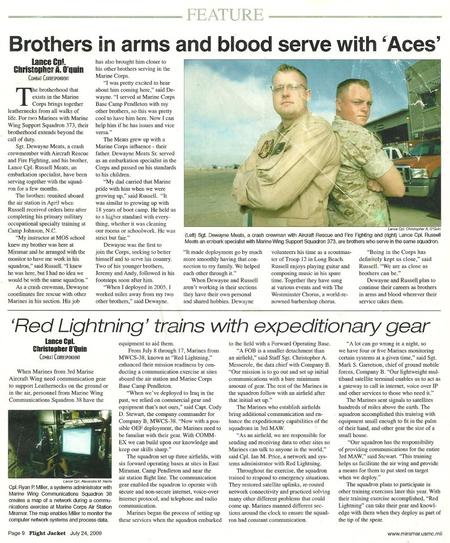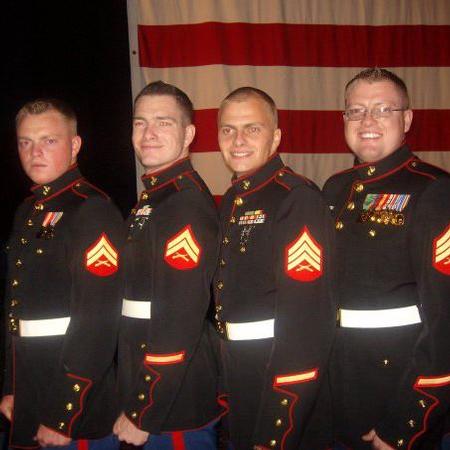ABOUT MWSS-173 Kaneohe Bay Hawaii
- Unit Overview: Marine Wing Support Squadron 173 (MWSS-173) was a United States Marine Corps aviation ground support unit stationed at Marine Corps Air Station Kaneohe Bay, Hawaii.
- Nickname: MWSS-173 was known as the “Aloha Supporters,” reflecting their Hawaiian location and the Marines’ motto of service.
- Formation: The squadron was activated on October 16, 1986, as part of the reorganization of Marine Air Base Squadron 24 (MABS-24).
- Primary Mission: MWSS-173’s mission was to provide essential aviation ground support—including airfield operations, engineering, motor transport, fueling, and emergency services—to enable Marine aviation units’ expeditionary operations.
- Hurricane Iniki Relief: In 1992, MWSS-173 deployed to Kauai to support relief operations following Hurricane Iniki, providing engineering and logistics support to the devastated island.
- RIMPAC Participation: The squadron regularly participated in the Rim of the Pacific (RIMPAC) exercises, supporting multinational forces and demonstrating interoperability with allied nations.
- Expeditionary Achievement: MWSS-173 was known for its rapid airfield construction and repair capabilities, often building or repairing expeditionary airfields in challenging conditions throughout the Pacific.
- Deactivation: The squadron was deactivated on October 1, 1994, as part of post-Cold War force reductions and restructuring within the Marine Corps.
- Legacy: Many former members of MWSS-173 went on to serve in other aviation support squadrons, carrying forward the expertise and traditions developed in Hawaii.
- Unit Patch: The MWSS-173 patch featured the Hawaiian islands, palm trees, and the squadron’s motto, symbolizing their pride in their location and mission.




